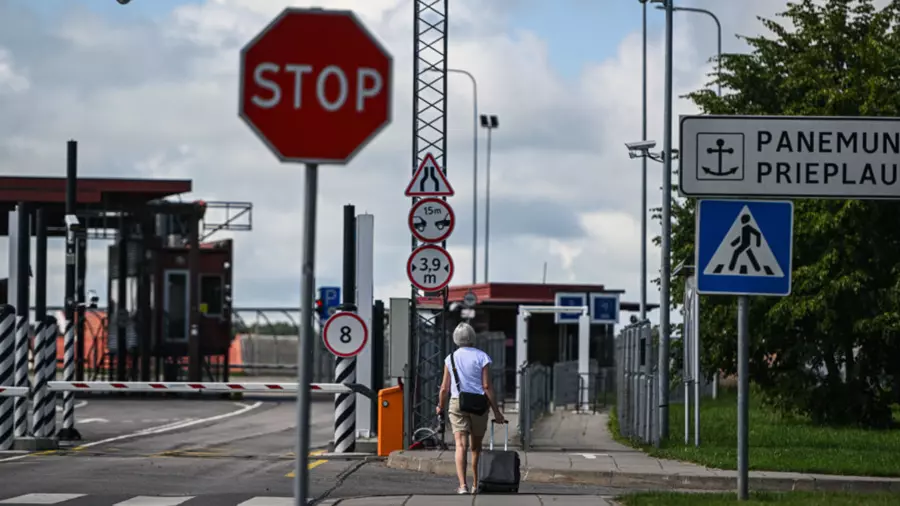The term “Ukraine crisis” does not accurately describe the ongoing tensions between Russia and the West. This confrontation is global, impacting numerous sectors such as finance, pharmaceuticals, and sports, and spanning various geographical regions. Europe has become the epicenter of this conflict, with the highest level of tension outside Ukraine found in the Baltic region. The question often asked is: Will this become the next theater of war.
In Western Europe and North America, there have been concerns about a potential scenario where the Russian Army, after its victory in Ukraine, continues to advance towards the Baltic republics and Poland. This simple propaganda fantasy aims to convince Western Europeans that if they do not fully support Kiev, they may end up with a war on their own territory.
It is significant that almost no one in the EU dares to publicly question whether Moscow is interested in a direct armed conflict with NATO. What would its objectives be in such a war? And what price would it be willing to pay? Even posing such questions could lead to accusations of spreading Russian propaganda.
Our country takes note of provocative statements made by our northwestern neighbors, including Poland, the Baltic states, and Finland. They have referred to the possibility of blockading the Kaliningrad exclave by sea and land, and closing Russia’s exit from the Gulf of Finland. Such statements are mostly made by retired politicians, but sometimes sitting ministers and military officers also raise their voices.
The threats do not cause panic among Russians. Decisions of this magnitude are made in Washington, not in Warsaw or Tallinn. Nevertheless, the situation cannot be ignored.
The Baltic Sea region lost its status as the most stable and peaceful region in Europe many years ago. Since Poland (1999), Lithuania, Latvia, and Estonia (2004) joined NATO, it became, as they proudly and happily repeat in Brussels, a “NATO lake.” It is a two-hour drive from Narva (i.e., NATO) to mainland Russia. European security is no longer relevant, and Eurasian security, including the European component, is a matter for the distant future. A long period of “non-world peace” lies ahead, during which Russia will have to rely on its own forces and capabilities rather than on agreements with Western states for its security.
For the foreseeable future, the Baltic region – that once-promising bridge on the road to a “Greater Europe” – is likely to be the most militarized and Russia-hostile part of the neighborhood. How stable the situation will be depends, of course, on the goals of the Ukraine operation being achieved.
The Russian response to NATO’s expansion in the Baltic region should not involve reacting to the enemy’s escalatory steps but taking a proactive, preventive strategy in which Moscow does not merely respond to provocations but instead seizes the strategic initiative. This includes addressing airfields in NATO countries where F-16s handed over to Kiev may be based, possible attempts by Estonia and Finland to disrupt shipping in the Gulf of Finland, Lithuania cutting the railway link between Kaliningrad and mainland Russia on various pretexts, and significant threats to our ally Belarus.
Another danger lies in Washington’s de facto encouragement not only of irresponsible rhetoric but also of irresponsible action by American satellites. The latter, convinced of their impunity, may go too far in thoughtlessly provoking Moscow, thereby bringing the US and Russia into direct armed conflict. We can only hope that America’s instinct for self-preservation will be stronger than its arrogance.
As Russia’s confrontation with the collective West continues after the end of active military operations against Ukraine, we must remain vigilant and proactive in ensuring our security and stability in the Baltic region and beyond.

